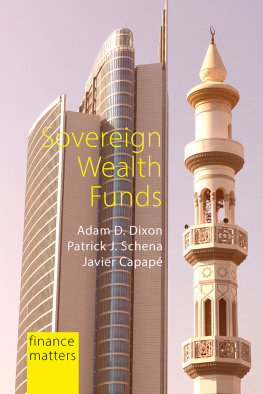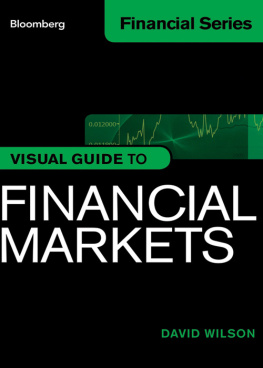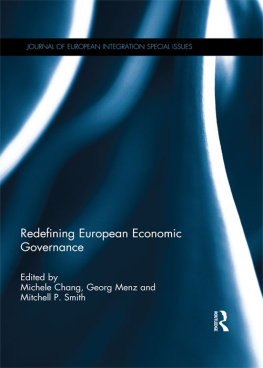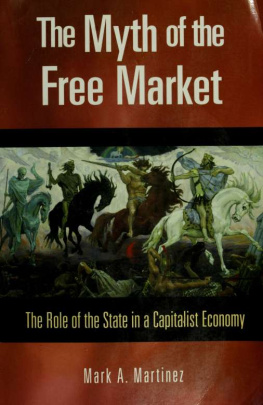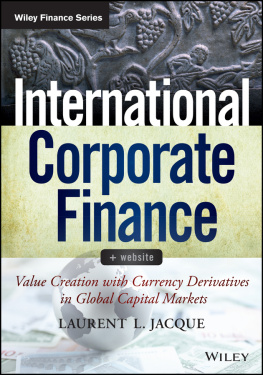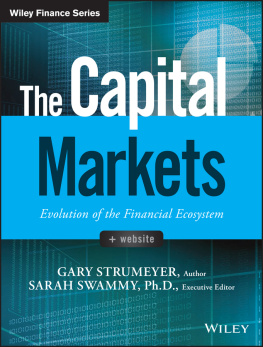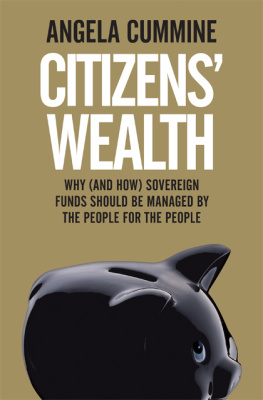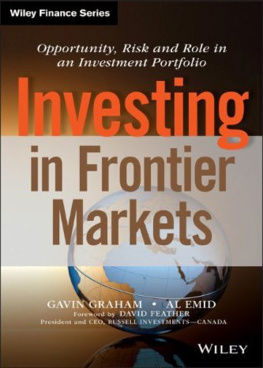SOVEREIGN WEALTH FUNDS
Finance Matters
Series Editors: Kathryn Lavelle, Case Western Reserve University, Cleveland, Ohio and Timothy J. Sinclair, University of Warwick
This series of books provides advanced introductions to the processes, relationships and institutions that make up the global financial system. Suitable for upper-level undergraduate and taught graduate courses in financial economics and the political economy of finance and banking, the series explores all aspects of the workings of the financial markets within the context of the broader global economy.
Published
Banking on the State: The Political Economy of Public Savings Banks
Mark K. Cassell
British Business Banking: The Failure of Finance Provision for SMEs
Michael Lloyd
Credit Rating Agencies
Giulia Mennillo
The European Central Bank
Michael Heine and Hansjrg Herr
Quantitative Easing: The Great Central Bank Experiment
Jonathan Ashworth
Regulating Banks: The Politics of Instability
Andrew Whitworth
Sovereign Wealth Funds: Between the State and Markets
Adam D. Dixon, Patrick J. Schena and Javier Capap
Terrorist Financing
William Vlcek
SOVEREIGN WEALTH FUNDS
Between the State and Markets
Adam D. Dixon, Patrick J. Schena and Javier Capap

For
Olga, Fay, and Juno
Tina and Michela
Mariana
Adam D. Dixon, Patrick J. Schena and Javier Capap 2022
This book is copyright under the Berne Convention.
No reproduction without permission.
All rights reserved.
First published in 2022 by Agenda Publishing
Agenda Publishing Limited
The Core
Bath Lane
Newcastle Helix
Newcastle upon Tyne
NE4 5TF
www.agendapub.com
ISBN 978-1-78821-247-2 (hardcover)
ISBN 978-1-78821-248-9 (paperback)
British Library Cataloguing-in-Publication Data
A catalogue record for this book is available from the British Library
Typeset by Newgen Publishing UK
Printed and bound in the UK by CPI Group (UK) Ltd, Croydon, CR0 4YY
CONTENTS
This book bears the imprint of our collaborators and many, who will remain unnamed, in the SWF world who have shared their wisdom and refined our knowledge of SWFs. As for our academic collaborators, we would like to thank, and in no particular order, Gordon Clark, Ashby Monk, Ilias Alami, Milan Babi, Imogen Liu, Ruth Aguilera and Javier Santiso.
All the views expressed herein are our own. One of us, Adam Dixon, would also like to acknowledge the support of the European Research Council (ERC) under the European Unions Horizon 2020 research and innovation programme (grant agreement no. 758430).
At the joint annual meeting of the International Monetary Fund (IMF) and the World Bank in 2007, on the eve of the global financial crisis, the United States forwarded a proposal to keep global financial markets open to investment from sovereign wealth funds (SWFs) large state-owned institutional investors that few people were aware existed but whose capital was (and would become) an important resource in the forthcoming crisis. In the years prior, politicians in the United States and Europe had made sceptical remarks about this newly emerging class of institutional investors, with many coming from oil-rich countries in the Middle East or illiberal east Asian powers, such as China, with the implication that such investors had mercantile and geopolitical motivations underpinning their investment decisions. Once the crisis and subsequent recession materialized, such criticism mostly vanished. The IMF sponsored a working group on SWFs, which devised a set of governance and disclosure principles, known commonly as the Santiago Principles. The working group would eventually become the International Forum of Sovereign Wealth Funds (IFSWF) a voluntary grouping of SWFs whose aim is to promote the Santiago Principles, and hence greater transparency and understanding of SWFs. Ultimately, the Santiago Principles and the IFSWF have become important mechanisms through which SWFs and, as such, state capital are legitimized in global financial markets.
Since the introduction of the Santiago Principles over a decade ago, SWFs are seemingly accepted as benign giants, acting on commercial grounds. What is more, there are now upwards of 100 sovereign funds, from fewer than 50 in the first decade of the century. Assets under management have nearly tripled, to over $9 trillion. From developing to developed economies, governments across the globe are looking at establishing SWFs as an economic policy tool, whether to manage natural resource revenues or to catalyse new industries at home as part of reinvigorated and muscular industrial policies. But their acceptance by other financial market actors and the international policy community should not be taken for granted. The concerns about state capital that engendered criticism in the early years of this century have reappeared, and may come to haunt SWFs yet again.
The aim of this book is to provide an accessible overview of what SWFs are, how they are different, what they do and what influence they have, as well as some of the global and national political economy dynamics that shape what they are and how they operate. As such, this book aims to be an accessible reference for students and practitioners alike of political economy and globalization, broadly defined.
We approach the topic as researchers and analysts of SWFs who bring years of regular interaction with the SWF community, which provides us with a nuanced and empirically grounded understanding of these actors and the issues they face and have faced. Although we would not claim to be ethnographers in the traditional sense, we have benefited from being in the room or having close dialogue with those who have.
The book comprises six chapters, working from an introductory chapter that answers the basic question of What is an SWF?, providing a definition and delineating various types of SWFs, through to four chapters that unpack the short global history of SWFs, how they are being made legitimate actors in global financial markets, the role they play in global financial markets as providers of capital and their role in economic development at home and abroad.
In , we take a simple definition that an SWF is a state-sponsored institutional investor that is liable only to the state and invested in accordance with a mandate defined by the interests of the state. By this logic, SWFs have a freedom of action that is unconstrained in comparison to other large institutional investors, such as public pension funds, which are liable to their members and sponsor. But this simple definition says nothing about the diversity of SWFs in terms of their source capital, their size and their investment mandate. We then unpack the different types of SWFs, from commodity-based funds that are part and parcel of natural resource revenue management, to surplus savings funds and strategic investment funds. We also situate this taxonomy in an historical frame, noting how different types of sovereign wealth funds have emerged in the context of particular economic conjunctures.
SWFs are often assumed to be a source of patient capital on account of their attachment to the state. They should have a long horizon. In become increasingly concerned with the presence of state capital and establish their own SWFs. In other words, the global political order is not static.

